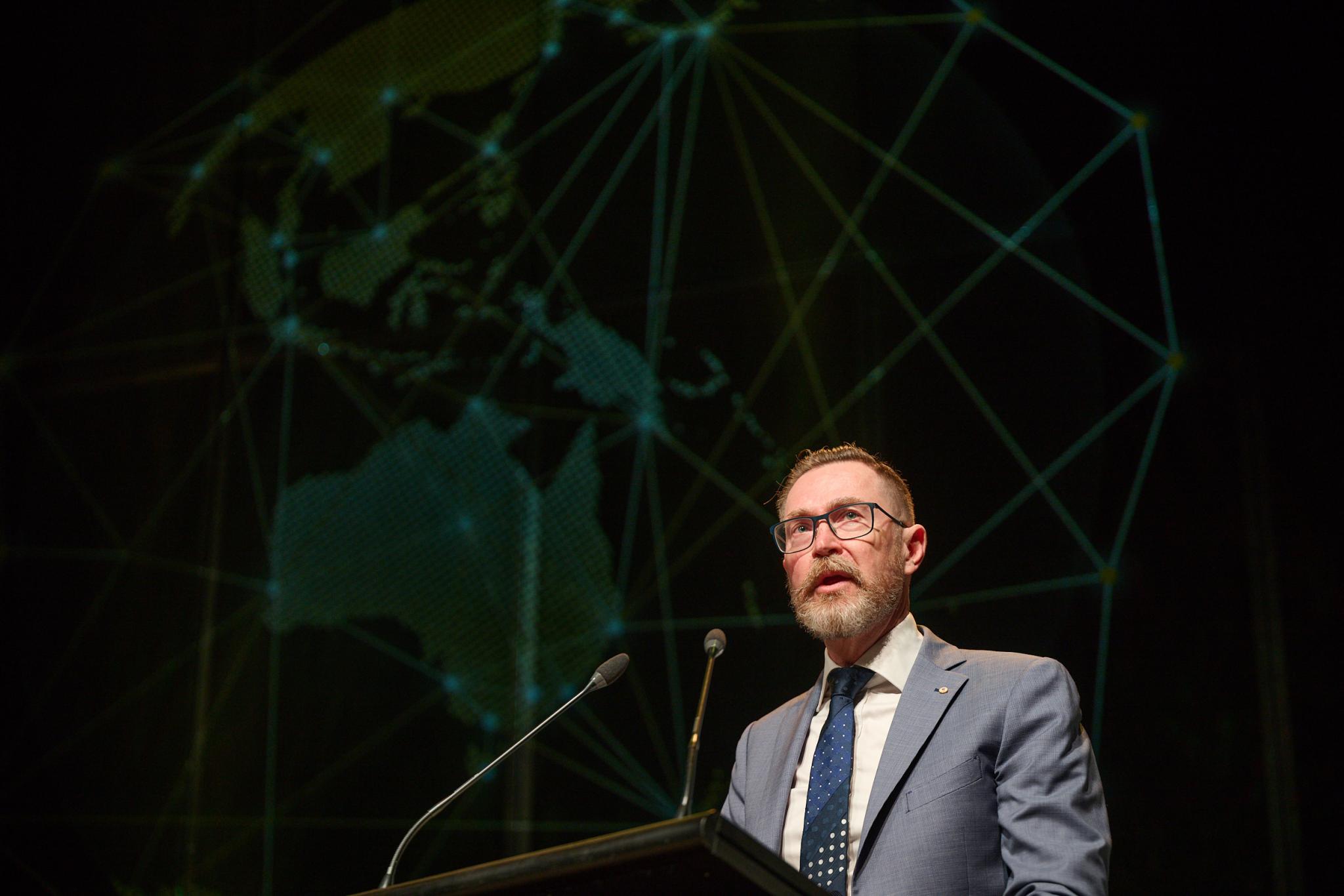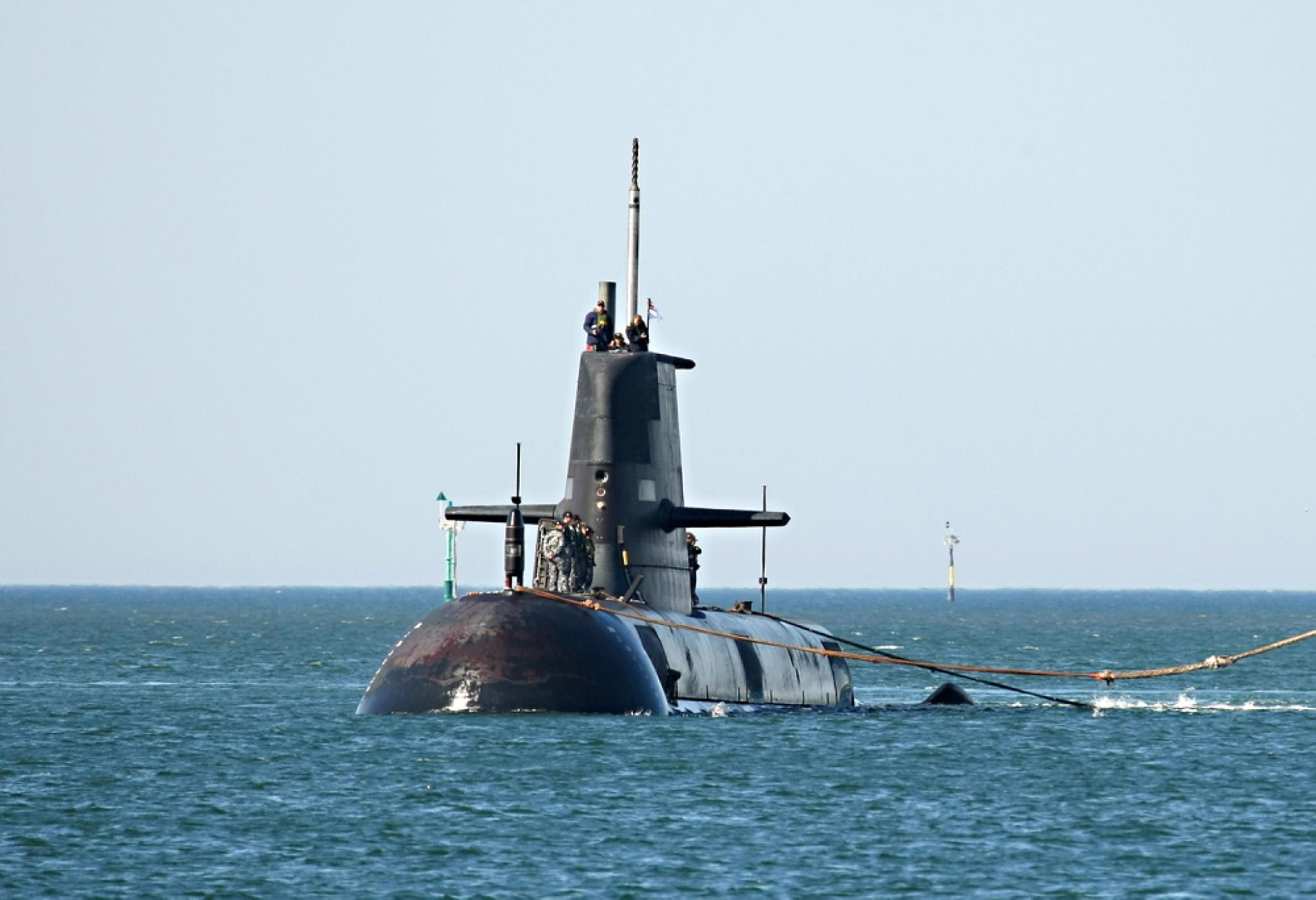There’s no point dwelling on AUKUS paths not taken

Whenever naval practitioners and scholars gather in this country, it is only ever a matter of minutes – or sometimes seconds – before someone laments the “sea blindness” of the Australian public. This is the notion that most people go about their daily lives oblivious to things such as Australia having one of the largest exclusive economic zones in the world, our dependence on seaborne trade such as imports of refined fuels, our reliance on undersea data cables, to name just a few aspects.
But our alleged sea blindness is surely challenged by the extent to which AUKUS has entered popular discourse. The public are keenly interested in the deal with the United States and United Kingdom for the Royal Australian Navy to acquire nuclear-powered conventionally armed submarines.
According to the Lowy Institute, the public are also supportive, with the most recent polls showing almost two-thirds of Australians – 65 per cent – are either somewhat or strongly in favour.
Naturally for such an expensive, complex and long-term undertaking, people will have questions. This brings us to recent “Questioning AUKUS” series in these pages.
It featured the views of a group of current and former defence experts informally called “Submarines for Australia”, most of whom weren’t willing to be named, who revealed their alternative plan for acquiring nuclear powered submarines, principally seeking the blueprints for US Virginia Class boats and building them locally. According to the account, top bureaucrats and defence leaders have politely listened to this proposal on many occasions across more than five years, and reassured the group that the risks and concerns they raised are well understood and being managed. One might conclude this was open-minded and respectful treatment.
It was followed by an exclusive interview with former prime minister Malcolm Turnbull, who revealed his attempt to revive the French conventionally powered Attack Class submarine deal in discussions with French President Emmanuel Macron and senior French officials in early 2022. The newly elected Albanese government chose not to embrace those overtures.
It might be observed that the actual question being asked was therefore “who feels upset their personal preferences have been ignored or rejected?” Despite AUKUS’ 18-month evaluation period before the current “optimal pathway” was announced, during which every expert and commentator (including this writer) had the opportunity to put their ideas forward, there are many who remain unreconciled to the verdict. But dwelling on paths not taken risks turning into something Seinfeld’s Frank Constanza would have described as the “airing of grievances”.
This negativity matters. One obvious concern is the potential effect on the future AUKUS workforce. Defence is laser-focussed on the issue of attracting and training the pipeline of workers required to build, maintain and crew nuclear-powered submarines.
It would be truly regrettable if AUKUS were undermined because young Australians were discouraged by negativity and perceived uncertainty.
On this same note, the disparagement in these pages of the Australian Submarine Agency’s Vice Admiral Jonathan Mead, and outgoing chief of defence Angus Campbell, for their respective appeals for people to “put their shoulder to the wheel” and “get in the ring and give it a go”, is unfortunate.
In any case, are there not better, more productive and forward-looking questions we could ask? For example, how can Australia thread the needle between the US concerns about the size of their own attack submarine fleet (49 instead of the desired 66), their well-known constraints in manufacturing boats faster, their promise to supply Australia with 3-5 boats in the early 2030s, and the mandate that the US president certify the transfer won’t degrade US undersea capabilities?
One promising answer coming into view – if perhaps not the sexiest – is the maintenance piece. After all, it is not how many submarines the US has in total, but how many are operationally available, and maintenance backlogs have bedevilled the fleet in recent years. Currently the submarine tender USS Emory S. Land is training more than 30 Australian personnel, enroute to HMAS Stirling in Perth where it will perform maintenance on a US submarine. Another cohort are training in Pearl Harbour, Hawaii.
The prospect of Australia ameliorating the US’s maintenance issues has caused even sceptics like US defence expert Elbridge Colby to concede that AUKUS can work.
There is another reality which must be accepted: not every question about submarines is going to be answered to everyone’s satisfaction. Submarines are a stealth capability; assuredly, our adversaries listen to every answer given too. But with Vice Admiral Mead due to address the Indian Ocean Defence & Security conference in Perth this week, Defence Deputy Secretary Hugh Jeffrey speaking on the National Security podcast last week, and Labor MP Luke Gosling’s recent speech to the Lowy Institute, the government should get credit for trying harder than ever to provide answers that it can.
Justin Burke is a Senior Policy Advisor at the ANU National Security College.
This article was first published in the AFR on 23 July 2024.


